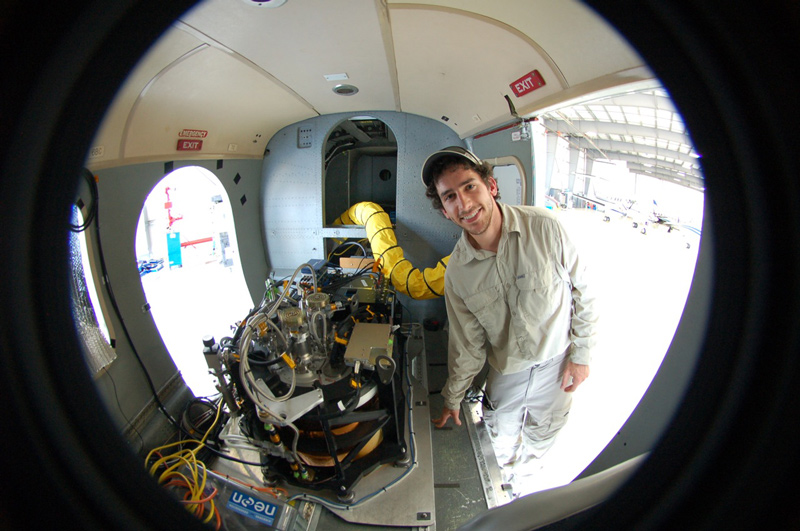Imaging Science at RIT
Summer
2013
Pathways - Advice from Experienced Voices
Imaging Science at RIT
David Kelbe, PhD candidate at RIT's Center for Imaging Science

I am a third year PhD student at Rochester Institute of Technology’s Center for Imaging Science. I chose the Imaging Science degree program because quite simply, nothing else like it exists. This was the first, and remains the only, program of its kind in the country.
We study in depth the physics-driven principles of imaging, from beginning to end. This comprehensive, systems-based approach to imaging sets us apart from other similar degree programs: Quite simply, the science of imaging is most powerful when it is understood as a chain of deeply interconnected links (e.g., image systems engineering, optical image formation, data processing, etc.) Any chain is only as strong as its weakest link. So our coursework focuses on understanding in depth the fundamental concepts of each link in the imaging chain, and how the links interact with each other in the context of a specific problem or application.
This precise, mathematical framework allows us to better understand and harness the complex data that is collected, and thus more aptly address the given application or objective. I am continually amazed by what can be done with this technology.
At RIT, this theoretical background is combined with an intensely practical and applied engineering focus. We are at the cutting edge of utilizing the latest technology (or designing and building it ourselves) with the end goal of solving problems. Once you know and understand how imaging systems work, you can apply this fundamental knowledge to a range of fascinating applications and objectives. To put it succinctly, we are problem solvers.
We understand each piece of the puzzle and how they all fit together, and so can tackle an incredibly diverse range of imaging-related problems with the core fundamental background.
This versatility is one of the things I love about the imaging science program. With a fundamental, systems-based understanding of imaging, you can apply these tools to a diverse range of applications. This really translates into career flexibility. You have the freedom to follow your career goals and interests as they evolve and change, without worrying about being pigeonholed into a single discipline.
To give you an example from my personal experiences, here is a snapshot of my current and future interests.
My dissertation research involves using laser scanning for structural ecological assessment. We have developed a portable laser-scanning system for rapid three-dimensional assessment of below-canopy forest structures. I am using this technology to help better understand the next generation of airborne and space-borne sensing systems.
But while my dissertation work focuses on ecological and laser scanning, I’ve also had the opportunity to become involved in other imaging projects, such as recovering erased text from ancient manuscripts using spectral imaging and image processing.
In the future, I see my work focusing on the nexus between remote sensing science and humanitarian policy. Earth imaging has already proven crucial in response to natural disasters. My hope in the future is that we can do a step better – and actually predict and prepare for preventable, slow-onset global crises (e.g., food shortage) in the developing world.
How can you make grad school work for you?
I earned my undergraduate degree at RIT and continued on in the PhD program. As a new grad student it’s invaluable to get to know your classmates, professors, and staff. Become part of the group. A great strength of many higher education programs is the huge diversity of students, backgrounds, and experiences. Often we tend to stick to the familiar, but go outside your comfort zone! Get to know each other, work together, and learn from each other!
Finally, the degree is yours to create! //
This piece was originally published on GradSchoolShopper.com and is reprinted here with permission.
More Information
Learn more about a degree from RIT's Center for Imaging Science by visiting its profile on GradSchoolShopper.com
